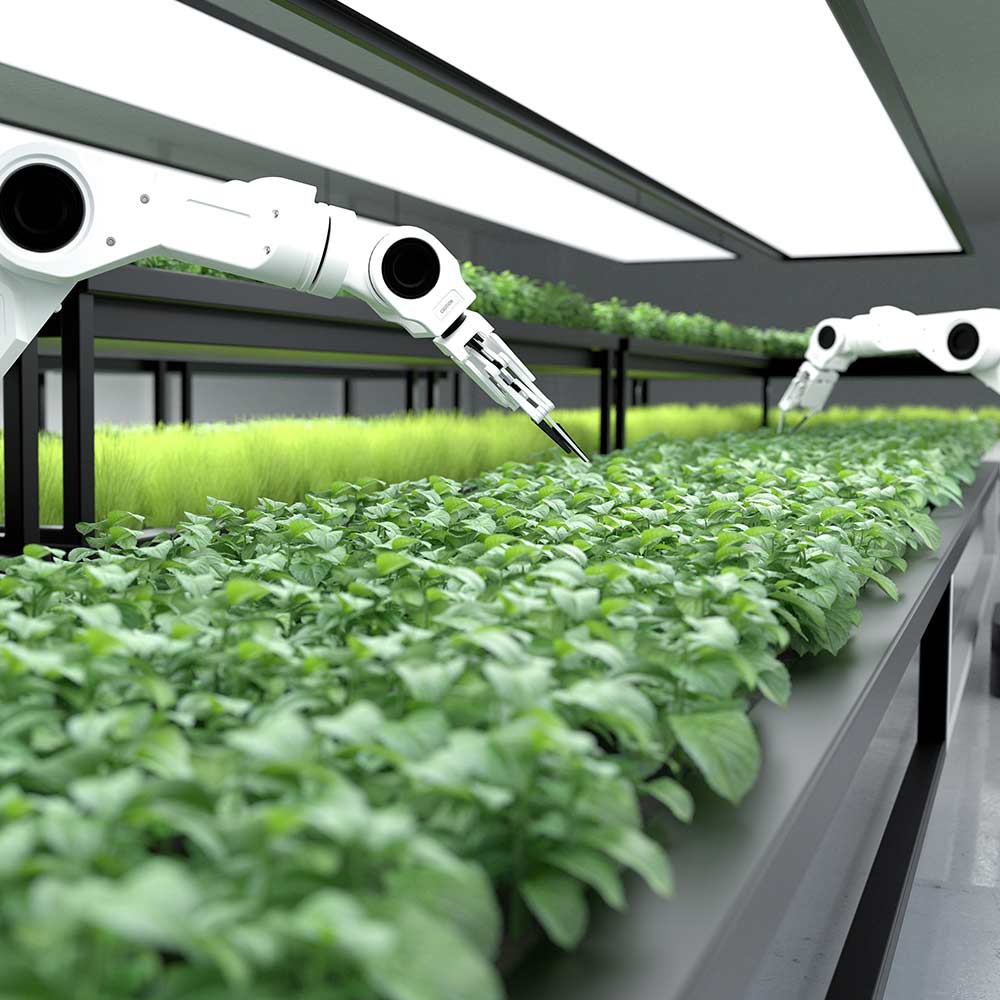Tree-Planting Robot Supports Reforestation Efforts in the Amazon

In the 1972 cult science fiction film Silent Running, a lone astronaut is responsible for maintaining a space station devoted to cultivating plants after an ecological disaster on Earth. Assisting the protagonist are a group of dedicated robots, meticulously tending to the plantations within this self-contained botanical sanctuary, performing tasks like pruning, fertilizing, and irrigation. Drawing parallels to these machines, a new robot has emerged with a similar mission, albeit in a less extreme environment. This remarkable innovation focuses on planting trees in the heart of the Amazon rainforest. In this article, we explore how this technological innovation contributes to preserving the planet’s renowned green lung.
The world’s most remote robot
In 2022, the Amazon experienced its highest level of deforestation in the past six years, witnessing the loss of four thousand square kilometers of forest within a mere six-month period. In response to such alarming situations, reforestation efforts have become imperative, alongside conventional environmental protection measures, aiming to restore the damaged areas with a regenerative approach. Addressing this need, a Swedish-Swiss company has collaborated with an on-ground NGO in the Peruvian Amazon to implement an innovative strategy. Their approach involves the utilization of robotics and cloud computing to combat deforestation and restore over 55,000 acres of the jungle.

The operational framework involves the utilization of an autonomous robot, hailed by its developers as “the world’s most remote,” stationed in a jungle laboratory powered by solar energy derived from photovoltaic panels. Equipped with two arms, the robot carries out the process by creating a small opening in a biodegradable soil bag, extracting a seed, placing it into the opening, and finally sealing and compacting the soil. Each bag is then planted in deforested areas. According to the project’s proponents, the robot can plant up to 600 trees in a single morning, equivalent to the size of two soccer stadiums.
Simultaneously, an engineering team located 12,000 kilometers away in Sweden assesses the outcomes through a cloud computing system. This enables them to refine the robot’s performance and implement necessary adjustments. The developers have affectionately labeled this creation a “cobot” due to its collaborative nature in serving sustainability objectives.
High-tech reforestation, also from the air
The application of advanced technology in reforestation efforts extends beyond drone-based tree planting in the Amazon. Several companies have emerged in recent years, focusing on developing drone solutions for seed dispersal. One such Australian company has devised a system that combines drones and artificial intelligence, capable of planting up to 40,000 seeds per day, with a target of reaching 100 million by 2024.
The drones autonomously fly to predetermined areas afflicted by desertification or fire damage, “shooting” capsules with sufficient force to become partially buried. These capsules, crafted from biomass derived from organic waste, offer sustainable protection against birds and insects while providing essential nutrients for initial plant growth. Furthermore, the drones record the precise coordinates of the dispersed seeds, enabling monitoring of their progress and facilitating visual assessment of the areas already covered.
Meanwhile, in the United States, another company employs swarms of large drones capable of carrying payloads of up to fifty-five pounds to distribute tree seedlings. The company’s team states they can initiate reforestation within a month following a fire. Such strategies prove crucial in expediting the recovery of forested lands, as natural regeneration under normal circumstances can take up to a century, while the risk of soil erosion and subsequent desertification looms.
Company representatives highlight that past fires typically left seeds in treetops and on the ground. However, recent decades have witnessed increasingly intense and devastating fires during heatwaves, destroying virtually all viable seeds. Aside from accelerating reforestation, drones enable access to rugged and steep terrain, where manual labor is arduous or practically impossible.
If, besides drones and tree-planting robots, you want to learn about another interesting environmental project dedicated to protecting and researching an antediluvian plant that fed the dinosaurs, don’t miss this article.
Source:

